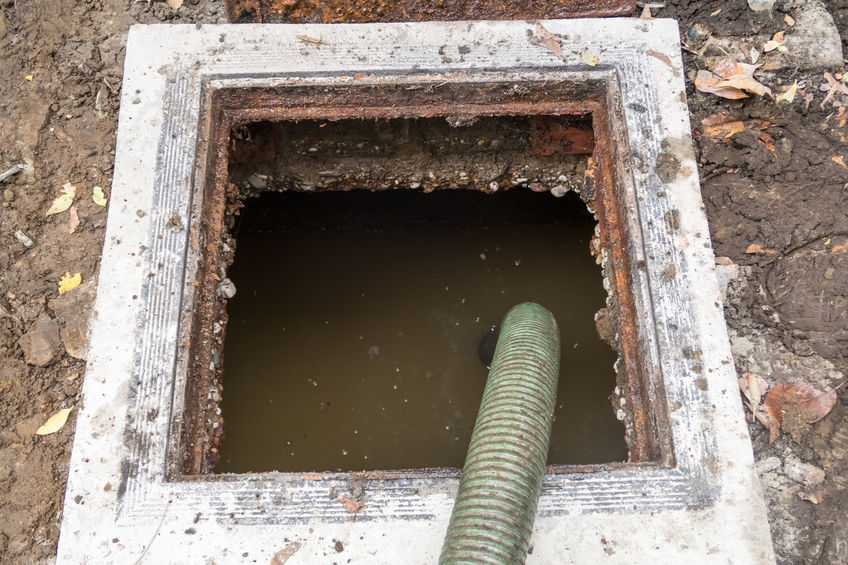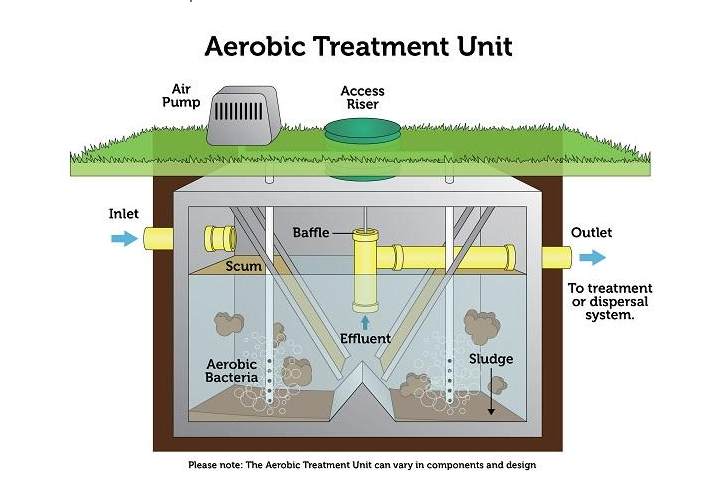Decoding the Language of Sewage-disposal Tank Providers: A Reference of Terms for Clear Communication and Understanding
Are you perplexed by the jargon made use of in septic system solutions? Don't fret, we have actually obtained you covered! In this short article, we'll help you decode the language of sewage-disposal tank solutions with a handy glossary of terms. From understanding the fundamentals of your sewage-disposal tank to managing sludge build-up, we'll supply clear descriptions to ensure clear interaction and understanding. Say bye-bye to confusion and hey there to a well-maintained septic tank!
Septic Storage Tank: Recognizing the Essentials

If you are unknown with septic containers, they are below ground containers that deal with and hold wastewater from your household. These tanks are a vital component of your home's pipes system, in charge of safely and successfully taking care of the waste created by your daily tasks. Understanding the essentials of septic systems is important in order to guarantee their correct performance and stay clear of pricey repair services.
A septic tank is composed of two major elements: the container itself and the drainfield. The solids clear up at the bottom of the storage tank, forming a layer of sludge, while the fluids, known as effluent, increase to the top.
Regular upkeep of your septic system is important to avoid issues such as blockages, back-ups, and system failures. It is advised to have your tank pumped every 3 to 5 years, depending upon its dimension and usage. In addition, it is essential to be conscious of what you flush down the drains pipes and toilets, as specific chemicals and materials can damage the bacterial equilibrium in the tank.
Drain Area: The Duty of Dirt in Waste Disposal
To keep the appropriate performance of your septic system system, it is important to comprehend the role of the drainpipe field in waste disposal and how the bordering soil plays a key function in this process. The drainpipe field, additionally referred to as the leach area or absorption area, is a vital component of a septic system. Its main feature is to filter and deal with the wastewater that flows out of the sewage-disposal tank.
As soon as the wastewater leaves the septic storage tank, it is dispersed evenly across the drainpipe area with a network of trenches or pipelines. The drainpipe area includes a layer of gravel or rock, which assists to disperse the wastewater equally and promote efficient purification. Below the gravel layer, there is a layer of dirt that serves as a natural filter.
The dirt in the drainpipe area plays a crucial duty in the treatment of wastewater. As the wastewater percolates via the dirt, it undertakes a natural procedure of filtering and purification. The dirt acts as a organic and physical filter, removing hazardous microorganisms, infections, and other contaminants from the wastewater.
The make-up and quality of the dirt are vital for the reliable performance of the drain area - septic tank pumping. The soil must have good percolation rates to allow the wastewater to move with it easily. In addition, the dirt ought to have enough oxygen levels to support the growth of cardiovascular bacteria, which aid in the failure of raw material in the wastewater

Effluent: the Fluid Waste From Your Septic Tank
As the wastewater leaves the drain area, it is referred to as effluent, and it is essential to understand the qualities and administration of this fluid waste from your septic system. Effluent is the term used to describe the treated wastewater that drains of your septic system and right into the drain field. septic tank pumping. This liquid waste contains a combination of water, organic matter, and dissolved solids
Effluent must be clear and cost-free of any undesirable smells. If you see any type of nasty official statement scents or staining, it can be an indication of an issue with your septic tank. Routine maintenance and pumping of your septic system can aid make certain that the effluent continues to be free and clean from contaminants.
Proper administration of effluent is important to avoid contamination of the surrounding atmosphere. The drainpipe field is designed to filter and deal with the effluent prior to it enters the dirt. It is very important to avoid any kind of tasks that might possibly harm the drain field, such as vehicle parking automobiles or planting trees with deep origin systems.
Sludge: Taking Care Of Solid Waste Accumulation
When dealing with solid waste build-up in your septic system, appropriate administration of sludge is essential. Sludge refers to the thick layer of strong waste that gathers at the end of your septic storage tank gradually. Otherwise handled appropriately, sludge can trigger various concerns, such as blocking, backups, and also system failure.
Routine maintenance is important to avoid sludge accumulation. It is suggested to have your septic system pumped every 3 to five years, depending upon the size of your family and the tank's capability. Pumping eliminates the built up sludge, enabling your septic tank to function effectively.
Be conscious of what you flush down the drainpipe. Second, think about making use of septic-safe items Going Here that won't interfere with the natural bacterial balance in your system.
Pumping: Keeping the Wellness of Your Septic System
Preserve the wellness of your septic system by frequently pumping it. Pumping is an important maintenance job that aids protect against troubles and makes certain the appropriate functioning of your septic tank. In time, strong waste and sludge accumulate in the tank, which can result in obstructions, backups, and even system failing. Pumping removes these collected solids, allowing the storage tank to proceed running successfully.
Normal pumping is advised to prevent the sludge from reaching high degrees. The frequency of pumping depends upon numerous factors such as the size of the container, the variety of residents in your home, and the use of water. Typically, sewage-disposal tanks should be pumped every three to 5 years. It's vital to keep in mind that every system is distinct, and it's best to seek advice from with a specialist to identify the optimal pumping timetable for your certain scenario.
Final Thought
So there you have it: an useful reference of terms to aid you better recognize the language of septic tank services. Whether it's finding out about the fundamentals of septic tanks, comprehending the duty of the drain area, or recognizing just how to deal with sludge buildup, this reference will certainly guarantee clear communication and a better understanding of your septic tank. Keep these terms in mind to maintain the health and wellness and capability of your septic tank.
A septic container is composed of 2 major parts: the storage tank itself and the drainfield.Routine maintenance of your septic storage tank is important to stop problems such as clogs, backups, and system failures.To keep the proper functionality of your septic container system, it is critical to understand the role of the drain field in waste disposal and just how the bordering dirt plays a crucial role in this process. It is recommended to have your septic tank pumped every 3 to 5 years, depending on the size of your family and the storage tank's capability. Whether it's learning about the basics of septic tanks, recognizing the function of the drainpipe area, or knowing exactly how to deal with sludge build-up, this glossary will guarantee clear interaction and a better understanding of your septic system.